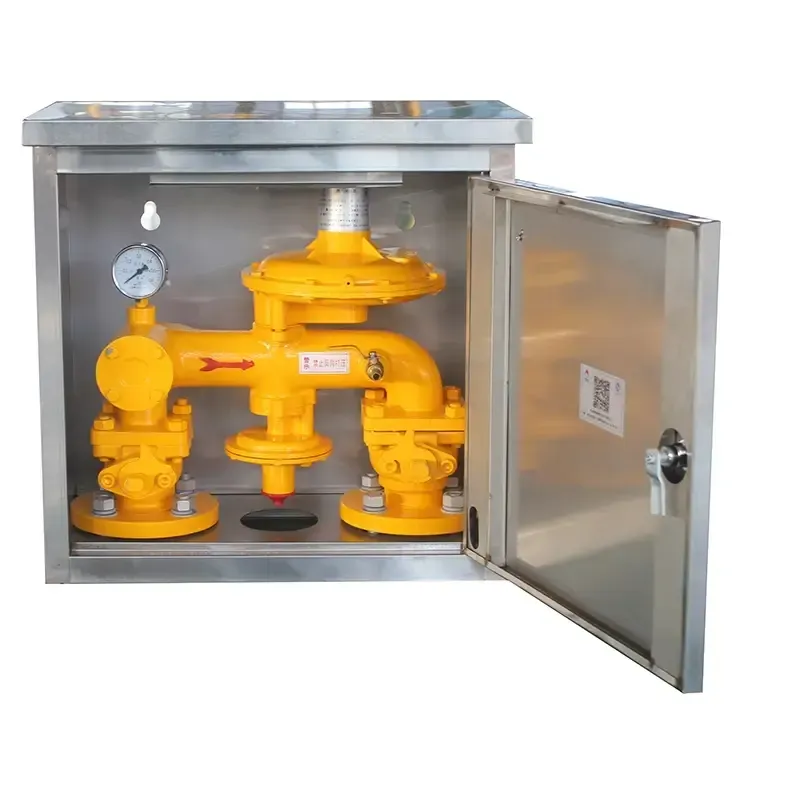
Oct . 12, 2024 14:35
Back to list
منظم ضغط الغاز الطبيعي
Natural Gas Pressure Regulation An Essential Component of Energy Infrastructure
Natural gas is a key energy source that powers homes, industries, and power plants worldwide. However, the delivery of this vital resource requires a complex system of pipelines, compressors, and regulators to ensure that it reaches consumers safely and efficiently. At the heart of this system lies the natural gas pressure regulator, a critical device responsible for maintaining the appropriate pressure levels throughout the distribution network.
.
One of the main functions of a natural gas pressure regulator is to protect pipelines and end-user equipment from damage due to excessive pressure. If the pressure were to exceed safe levels, it could lead to serious safety issues such as leaks, explosions, or even fires. Regulators help prevent these risks by continuously measuring the gas pressure and making adjustments as necessary.
منظم ضغط الغاز الطبيعي

Regulators operate on a simple yet effective principle. They consist of a diaphragm that moves in response to pressure changes. When gas flows through the regulator, any increase in pressure causes the diaphragm to close, reducing the flow and thereby lowering the pressure. Conversely, if the pressure drops, the diaphragm opens to allow more gas to flow and stabilize the pressure. This constant balancing act is crucial for maintaining a consistent supply of natural gas, ensuring that consumers receive it at the correct pressure for their appliances.
In addition to safety, pressure regulation is vital for system efficiency. A well-regulated gas pressure helps optimize the performance of heating systems, stoves, and industrial equipment. It also plays a role in minimizing energy waste; if gas is delivered at too high a pressure, appliances may operate inefficiently, leading to increased consumption and higher costs for users.
Moreover, advancements in technology have led to the development of smart pressure regulators that enhance monitoring and control capabilities. These devices can be integrated into broader energy management systems, allowing for real-time data analysis and improved responsiveness to changes in demand.
In summary, natural gas pressure regulation is an indispensable aspect of the energy supply chain. It ensures safe and efficient delivery of gas to consumers, protecting both infrastructure and end-user equipment. As the demand for natural gas continues to grow, the importance of effective pressure regulation will only increase, highlighting the need for ongoing innovations in regulation technology.
Latest news
-
Safety Valve Spring-Loaded Design Overpressure ProtectionNewsJul.25,2025
-
Precision Voltage Regulator AC5 Accuracy Grade PerformanceNewsJul.25,2025
-
Natural Gas Pressure Regulating Skid Industrial Pipeline ApplicationsNewsJul.25,2025
-
Natural Gas Filter Stainless Steel Mesh Element DesignNewsJul.25,2025
-
Gas Pressure Regulator Valve Direct-Acting Spring-Loaded DesignNewsJul.25,2025
-
Decompression Equipment Multi-Stage Heat Exchange System DesignNewsJul.25,2025

